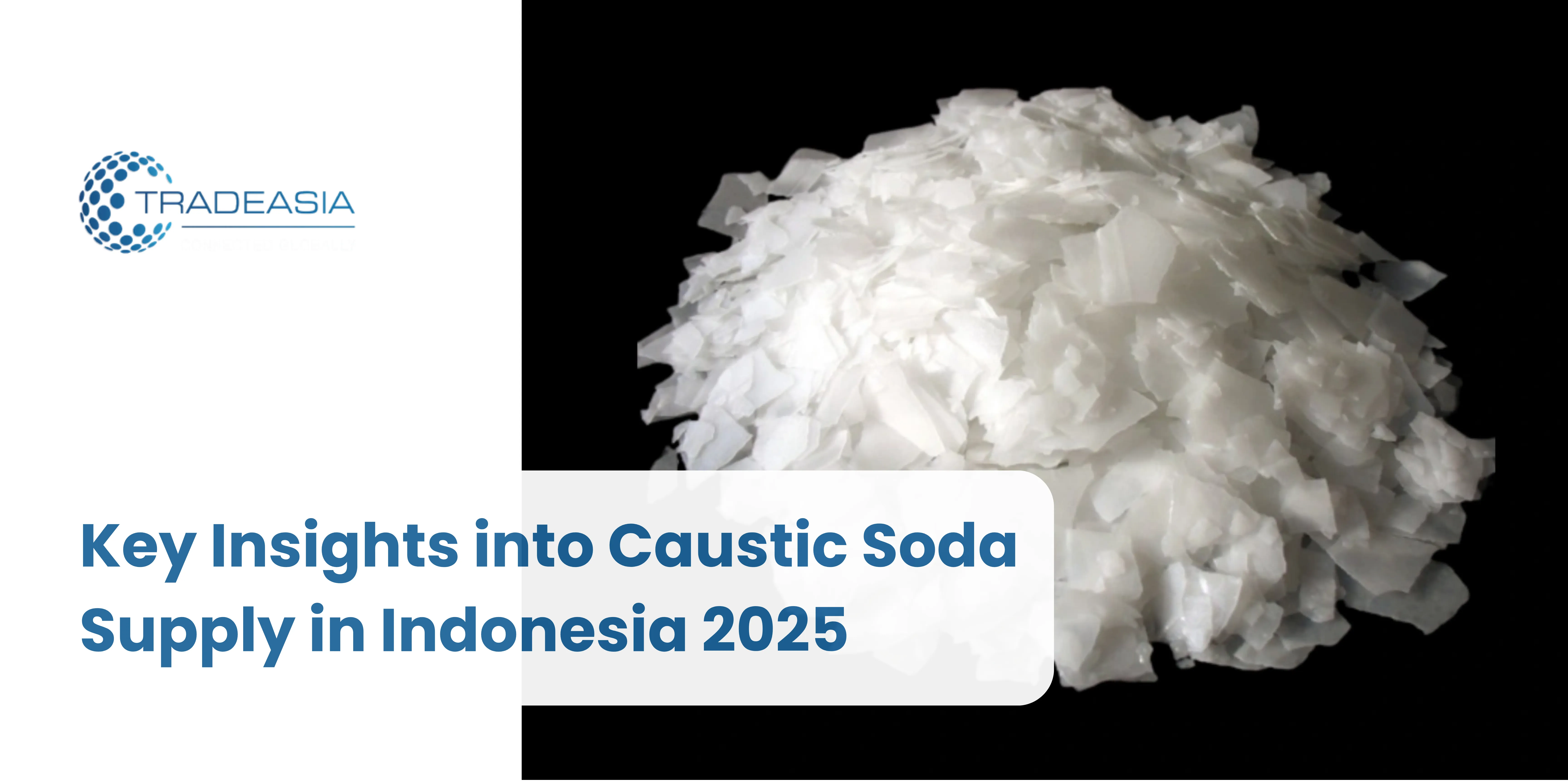Introduction
Caustic soda flakes are a cornerstone chemical in many manufacturing sectors, particularly in pulp and paper, textiles, detergents, and water treatment. At the heart of its functionality lies its simple yet potent chemical formula, NaOH. Understanding this chemical composition is essential not only for industrial engineers but also for procurement specialists and manufacturers who rely on its consistency and reactivity.
The significance of caustic soda flakes extends beyond its formula—it’s about how this formula interacts with different compounds, delivers high alkalinity, and drives major production processes globally. The purity, concentration, and handling of this compound all stem from a core understanding of its molecular structure.
This article provides a comprehensive look at the formula behind caustic soda flakes, what it represents, and how it contributes to various industrial processes. Whether you’re sourcing the product or using it in formulations, knowing its properties can help ensure optimized performance and compliance.
What Is the Chemical Formula of Caustic Soda Flakes?
The formula of caustic soda flakes is NaOH, which stands for Sodium Hydroxide. It is an inorganic compound composed of one sodium (Na) atom, one oxygen (O), and one hydrogen (H) atom. In its pure flake form, it appears as a white, odorless, hygroscopic solid that dissolves easily in water with a strong exothermic reaction.
This formula is crucial because it defines the chemical's strong base properties. NaOH dissociates completely in aqueous solution to yield Na⁺ and OH⁻ ions, making it one of the strongest bases used in industrial and laboratory processes. This ability to deliver high alkalinity is what makes it essential for neutralization and saponification reactions.
For more information on product specifications and the availability of caustic soda flakes in Indonesia, visit Chemtradeasia's product page.
Industrial Relevance of NaOH Formula
The simplicity of the NaOH formula belies its broad utility. Its reactivity with both organic and inorganic compounds allows it to serve as a key input in soap making, pH control, degreasing, and even biodiesel production. Industries that depend on precise chemical reactions value the predictability of NaOH's performance.
In the textile sector, NaOH alters fiber properties for dye uptake. In petroleum refining, it removes acidic contaminants. The chemical formula supports all these roles by providing a consistent release of hydroxide ions, which facilitate essential transformations. According to PubChem, its high reactivity and solubility in water make it indispensable in creating tailored chemical environments.
Understanding this formula is more than academic—it’s a foundation for ensuring chemical compatibility and maximizing process efficiency.
Manufacturing and Purity Considerations
Caustic soda flakes are produced via electrolysis of sodium chloride (salt brine), using membrane or diaphragm cells. The resulting sodium hydroxide solution is then cooled and flaked for commercial use. Throughout this process, maintaining purity is critical since impurities can compromise reactivity and safety.
Typically, high-grade caustic soda flakes boast purity levels of 98–99%, with minimal chlorides and iron content. The molecular weight of NaOH (approximately 40 g/mol) helps in dosage and reactivity calculations, ensuring precise formulations for different use cases.
At Chemtradeasia, we source flakes from certified global producers who meet stringent quality standards. You can contact us directly to inquire about bulk supply, pricing, and technical documentation like MSDS and COA.
Applications and Use-Cases Based on Formula
Thanks to the NaOH formula, caustic soda flakes are widely used in water treatment, where they neutralize acidic wastewater. In paper manufacturing, it plays a key role in pulping and bleaching. The formula’s strong base characteristics allow for chemical peeling and surface treatment in metallurgy.
Moreover, its role in saponification—where it reacts with fats and oils to produce soap—is driven by the OH⁻ group. The simplicity of NaOH ensures predictability in these reactions, making it a preferred base for both industrial and artisanal soap makers.
Because of these dependable reactions, many businesses rely on a trusted partner like Chemtradeasia to ensure a steady, high-quality supply of caustic soda flakes for uninterrupted operations.
6. Conclusion: Partner with Chemtradeasia
Understanding the formula of caustic soda flakes is the first step in unlocking its industrial potential. Whether you’re formulating detergents, treating water, or managing chemical processes, the NaOH formula delivers consistent, high-performance alkalinity.
At Chemtradeasia, we offer high-purity caustic soda flakes with guaranteed specifications, competitive pricing, and efficient logistics across Indonesia and beyond. With years of experience in chemical sourcing and distribution, we ensure quality and reliability for every shipment.
Reach out to our expert team via our contact page to discuss your requirements, request documentation, or place an order. Let’s build chemical solutions together.

Leave a Comment